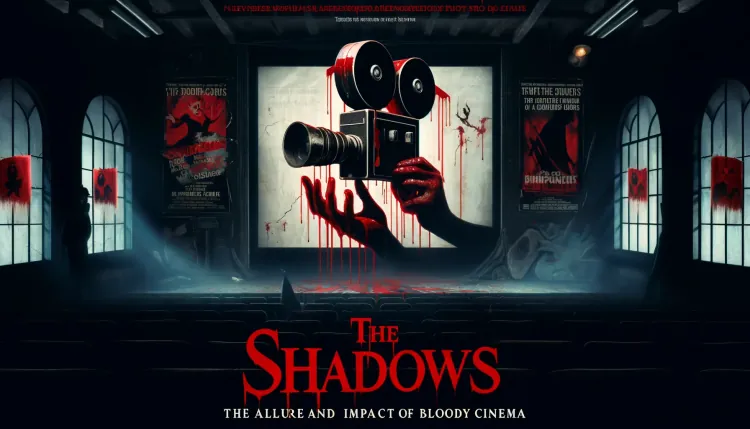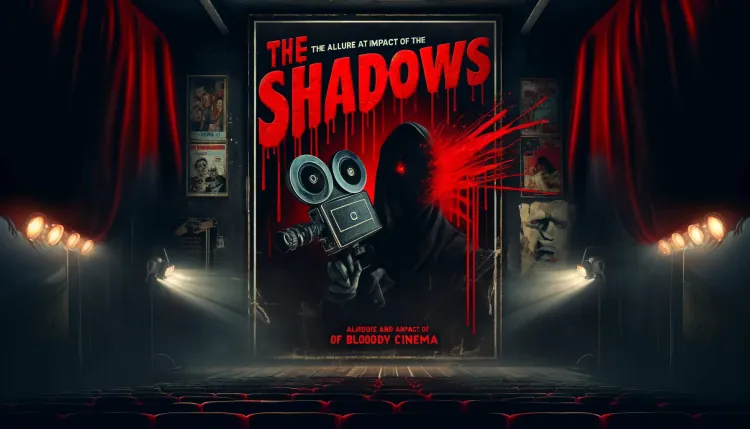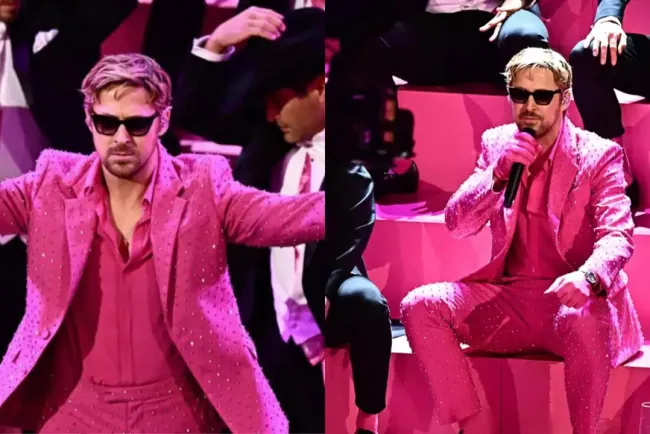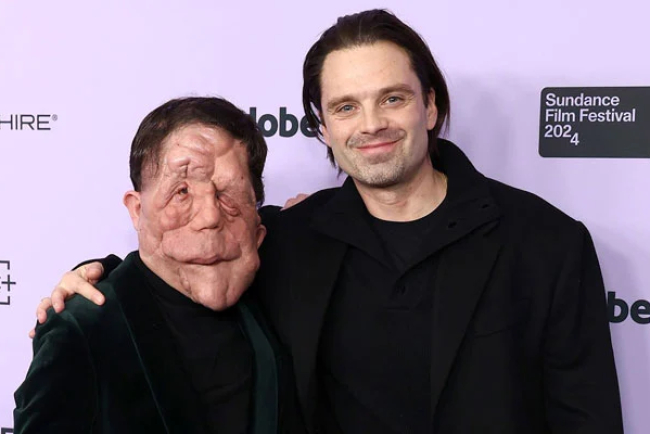The Shadows: The Allure and Impact of Bloody Cinema
Delve into the origins, evolution, and profound cultural impact of bloody cinema, a genre that both captivates and horrifies audiences worldwide
- Introduction
- Origins and Evolution
- Techniques and Style
- Cultural Impact and Controversy
- Modern Day and Legacy
- Conclusion
- FAQs
Introduction
The term "bloody cinema" often conjures images of gore, violence, and the macabre, captivating filmmakers and audiences with its audacious visual storytelling. This article explores its historical roots, transformative styles, and the deep-seated cultural resonance of this film genre.
Origins and Evolution
Bloody cinema traces its origins to the early 20th-century grand guignol theater of Paris, known for its naturalistic horror plays. The transition to film occurred in the 1960s, marked by pioneering movies like Alfred Hitchcock’s "Psycho" and Herschell Gordon Lewis’s "Blood Feast." These films heralded a new era of cinematic expression where blood and violence were central to storytelling. The subsequent decades saw an explosion in this genre, with significant contributions from directors like George A. Romero and John Carpenter, who utilized gore to enhance their narratives about societal breakdowns and human fears.
Techniques and Style
Bloody cinema thrives on its ability to shock and provoke. Key to this are the makeup and special effects, where innovators like Tom Savini and Rick Baker elevated gore with realistic, shocking effects. The genre employs suspenseful music and tension build-ups, climaxing in graphic scenes that utilize both artistic compositions and gritty realism to affect viewers deeply.
Cultural Impact and Controversy
Despite facing censorship and moral outcry, bloody cinema has been a medium for exploring psychological and societal issues. Films such as "A Clockwork Orange" and "The Texas Chain Saw Massacre" reflect on human nature and societal decay, prompting viewers to confront uncomfortable truths. This section examines the controversy surrounding the genre and its role in cultural dialogues about violence and morality.
Modern Day and Legacy
Today, bloody cinema continues to evolve, incorporating elements from various genres to widen its appeal and maintain relevance. Modern directors like Quentin Tarantino and Eli Roth have added ironic and satirical layers to the genre, acknowledging its history while critiquing its tropes. This section discusses the ongoing legacy and influence of bloody cinema in contemporary filmmaking.
Conclusion
Bloody cinema remains a potent tool for exploring the dark facets of the human psyche and societal issues. Its enduring presence in film history is a testament to its ability to engage, provoke, and reflect the human condition.
FAQs
- What defines bloody cinema?
- How has bloody cinema evolved over the decades?
- What are the psychological impacts of watching bloody cinema?
- Can bloody cinema be more than just entertainment?
- What future trends can we expect in bloody cinema?
Explore more about the intriguing world of film genres at Kiksee Magazine.
Bloody cinema, with its rich history and complex impact, continues to be a compelling part of cinematic exploration, challenging both creators and audiences to reflect on the deeper meanings of gore and violence in storytelling.
What's Your Reaction?
























